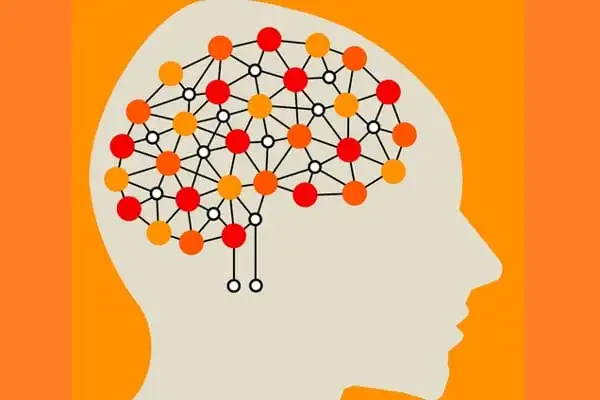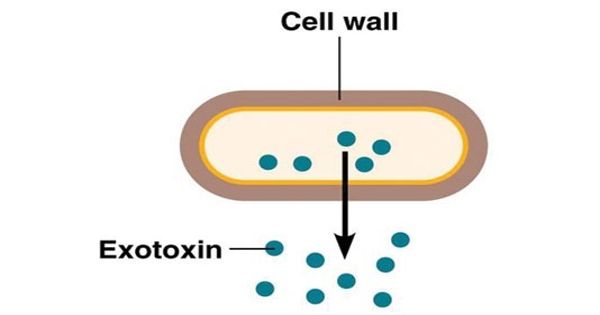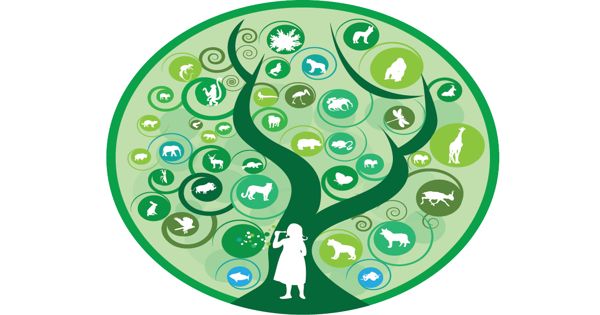The brain is buzzing with activity. Different groupings of neurons (nerve cells) responsible for various ideas or senses come and go. Memory is the reactivation of a specific group of neurons caused by persistent changes in the strength of neural connections. But what makes a certain combination of neurons more likely to be awakened than any other combination of neurons?
A team discovered a novel protein folding mechanism that is required for long-term memory storage while examining how memories are produced and retained in the brain. The researchers went on to show that this mechanism is defective in a tau-based mouse model of Alzheimer’s disease, and that restoring this protein folding mechanism cures memory impairment in this mouse model for dementia research.
A neuroscience research team at the University of Iowa has discovered a key biochemical mechanism controlling memory storage and linked it to cognitive abnormalities in mice models of Alzheimer’s disease and related dementias.
We know that gene expression and protein synthesis are required for long-term memory consolidation, and that a huge number of proteins are created after learning. Proteins must be folded appropriately in order to be functionally active. Our findings support the assumption that these chaperone proteins are the ones who fold the proteins, influencing synaptic function and plasticity.
Snehajyoti Chatterjee
While researching how memories are produced and stored in the brain, the researchers discovered a novel protein folding mechanism in the endoplasmic reticulum that is required for long-term memory storage. They also showed that this mechanism is damaged in a tau-based mice model of Alzheimer’s disease, and that restoring this protein folding mechanism cures memory impairment in this mouse model for dementia research. The findings were reported in the journal Science Advances.
Snehajyoti Chatterjee, PhD, a research associate in Ted Abel’s lab at the Iowa Neuroscience Institute and chair and DEO of the UI Department of Neuroscience and Pharmacology, headed the team. The Abel group has previously demonstrated that the Nr4a transcription factor family is required for long-term memory consolidation. This study discovered chaperone proteins in the endoplasmic reticulum that are controlled by Nr4a.

“For decades, the importance of protein folding machinery in long term memory has been neglected,” explains Chatterjee. “We know that gene expression and protein synthesis are required for long-term memory consolidation, and that a huge number of proteins are created after learning. Proteins must be folded appropriately in order to be functionally active. Our findings support the assumption that these chaperone proteins are the ones who fold the proteins, influencing synaptic function and plasticity.”
Because memories are produced swiftly and concurrently in the prefrontal cortex and the hippocampus on the day of training, the findings suggest that traditional theories of consolidation may be incorrect. “They form in parallel, but they continue in opposite directions from there.” “The prefrontal cortex grows stronger while the hippocampus shrinks,” Morrissey explains.
The researchers also employed gene therapy to reactivate the chaperone protein in a mouse model and discovered that the memory impairment was reversed, proving that the protein folding machinery works as a molecular switch for memory.
“Determining this protein folding mechanism is a critical step toward knowing how memories are maintained and what goes wrong in disorders linked with memory impairment,” explains Abel. “While we are not yet at the point where we can translate this to patient treatment, understanding this route is critical to one day being able to prevent and treat neurodegenerative illness.”
More research is needed to discover if memories are entirely erased from hippocampus cells or whether some remnants remain. The researchers can currently only monitor engram cells for around two weeks, but they are working on customizing their equipment to work for a longer amount of time.
The researchers also intend to look into how the prefrontal cortex engram development process works. This study already demonstrated the importance of communication between the prefrontal cortex and the hippocampus, as disrupting the circuit connecting the two locations prevented cortical memory cells from growing normally.
















